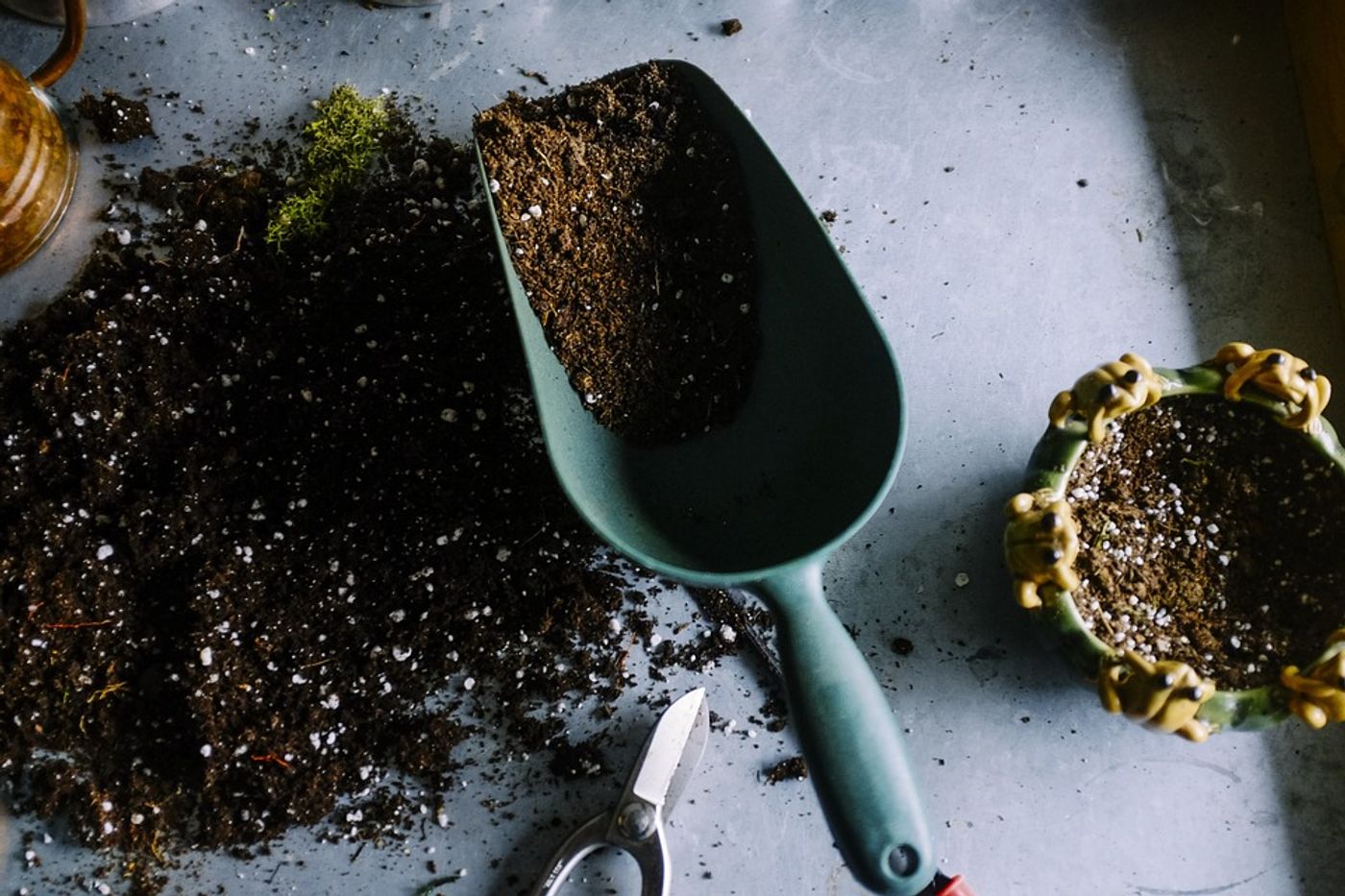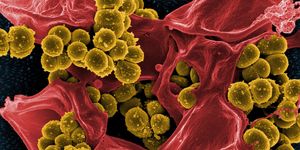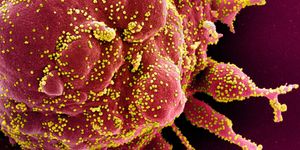The story behind a soil
Soil scientist Karen Vaughan from the University of Wyoming knows how to classify a soil well. There’s a science to it - a very exact science involving analyzing soil color, texture, mineral composition, and air and water content, among other features. But when she and her research team came upon an area of soil along the central coast of California, she was stumped at first.
"The reason for this research site really comes from long ago in a wetlands field lab," says Vaughan. "Students kept saying the soil didn't meet all the field indicators of hydric -- or wetter -- soils. I thought, it has to. It's wet and there's plenty of water-loving vegetation. Then I realized it must be a problematic soil, so we set up this experiment to figure it out."
One of the key characteristics that made the soil stand out was its dark color. While its water content, vegetation, chemical composition, and microbial inhabitants otherwise suggested that this soil came from a wetland, its dark coloring didn’t fit into the puzzle.
See, hydric soils are usually a pale, light greyish color. Using the profile darkness index (a scale that analyzes soil color more precisely), Vaughan and her colleagues started to piece together the story behind this particular area of soil.
"We get these situations where the soil characteristics don't match features we usually see in wetter soils," Vaughan explains. "This is, for example, because the transported soils inherited darker colors from the parent material. If someone looked at these soils, they would assume they are not as wet as they are. They then would not classify these areas as wetlands, despite them performing as wetlands."
Why does any of this matter?
"This kind of proper identification is important so the wetlands can be better conserved," Vaughan says. "If researchers don't know about them, they can't be protected. Soils tell the story of an ecosystem," she says. "If we look to the soil, we can understand ecosystem function."
Sources: Soil Science Society of America Journal, Science Daily









